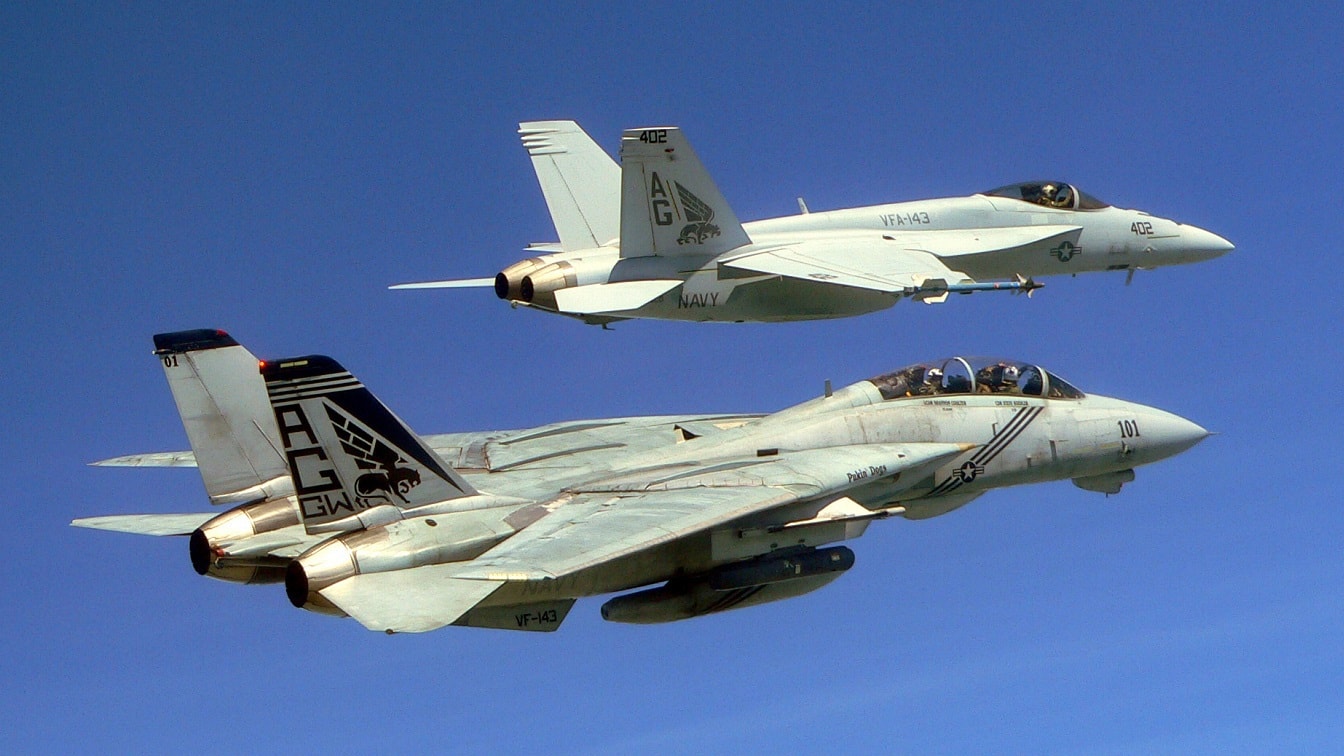
The F-14 Tomcat was a Cold ധąɾ legend and featured in the movie Top Gun and could even appear in Top Gun: Maverick. What made this fighter jet special? We have a few ideas: The F-14 Tomcat is one of history’s most iconic military aircraft, in no small part as a result of its starring role in the original Top Gun film. But in addition to its on-screen heroics, the F-14 was a very capable combat aircraft that served the Navy faithfully for decades.
The F-14 Tomcat earned its status as a legendary US Navy fighter due to its impressive capabilities, technological advancements, and operational history. Here are some key factors that contributed to the F-14 Tomcat’s legendary status:
- Variable Geometry Wing: One of the defining features of the F-14 was its variable geometry wing, which allowed the aircraft to adjust its sweep angle in flight. This feature provided the Tomcat with enhanced maneuverability at both high and low speeds, making it highly versatile in different mission profiles.
- Air Superiority: The F-14 was primarily designed as an air superiority fighter, equipped with long-range radar, powerful engines, and an advanced weapons system. Its primary role was to engage and destroy enemy aircraft, and it was armed with a combination of air-to-air missiles, including the AIM-54 Phoenix, AIM-7 Sparrow, and AIM-9 Sidewinder.
- Carrier-based Operations: The F-14 was specifically developed for carrier-based operations, with features such as reinforced landing gear, folding wings, and a robust airframe capable of withstanding the demanding conditions of aircraft carrier operations. Its ability to take off and land on carriers made it a crucial asset for the US Navy’s carrier strike groups.
- Top Gun Fame: The F-14 gained further recognition and fame through its appearance in the popular movie “Top Gun” in 1986. The film showcased the Tomcat’s capabilities, its role as an interceptor, and the skill and camaraderie of its aircrews. This contributed to the public perception and fascination with the F-14.
- Combat Record: The F-14 saw combat during several conflicts, including the Gulf War and Operation Enduring Freedom. Its performance in these operations, particularly in air-to-air engagements, demonstrated its effectiveness as a fighter aircraft. The Tomcat’s combat record added to its reputation as a formidable and reliable fighter.
- Retirement and Legacy: Although the F-14 was officially retired from active service in 2006, its legacy lives on. The aircraft’s iconic design and its contributions to naval aviation have left a lasting impact. The F-14’s role as a fighter legend is recognized and celebrated by aviation enthusiasts and the military community alike.
Overall, the F-14 Tomcat’s combination of advanced technology, operational success, and cultural impact have solidified its status as a US Navy fighter legend. It remains an enduring symbol of naval aviation excellence.
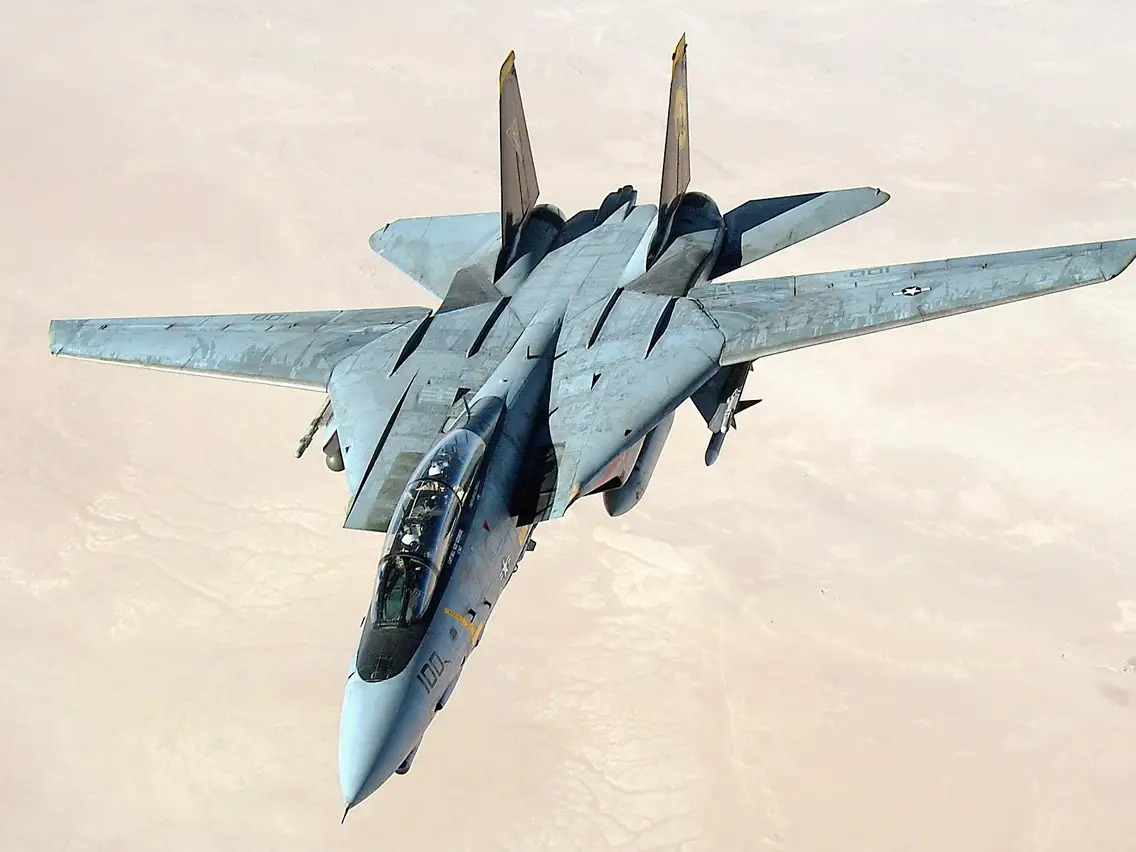
F-14 Tomcat: A History
The Tomcat first flew in December 1970, and achieved initial operational capability as a carrier-based aircraft with the U.S. Navy in 1973 and was first deployed the following year. The F-14, along with the Air Force’s F-16 Fighting Falcon and F-15 Eagle, emerged following an examination of air combat performance during the Vietnam ധąɾ. Following the halt in production of the F-111B, the Navy sent out a request for proposals as part of its Naval Fighter Experimental (VFX) program, which called for a tandem two-seat, air superiority fighter. Grumman was awarded the contract in 1969.
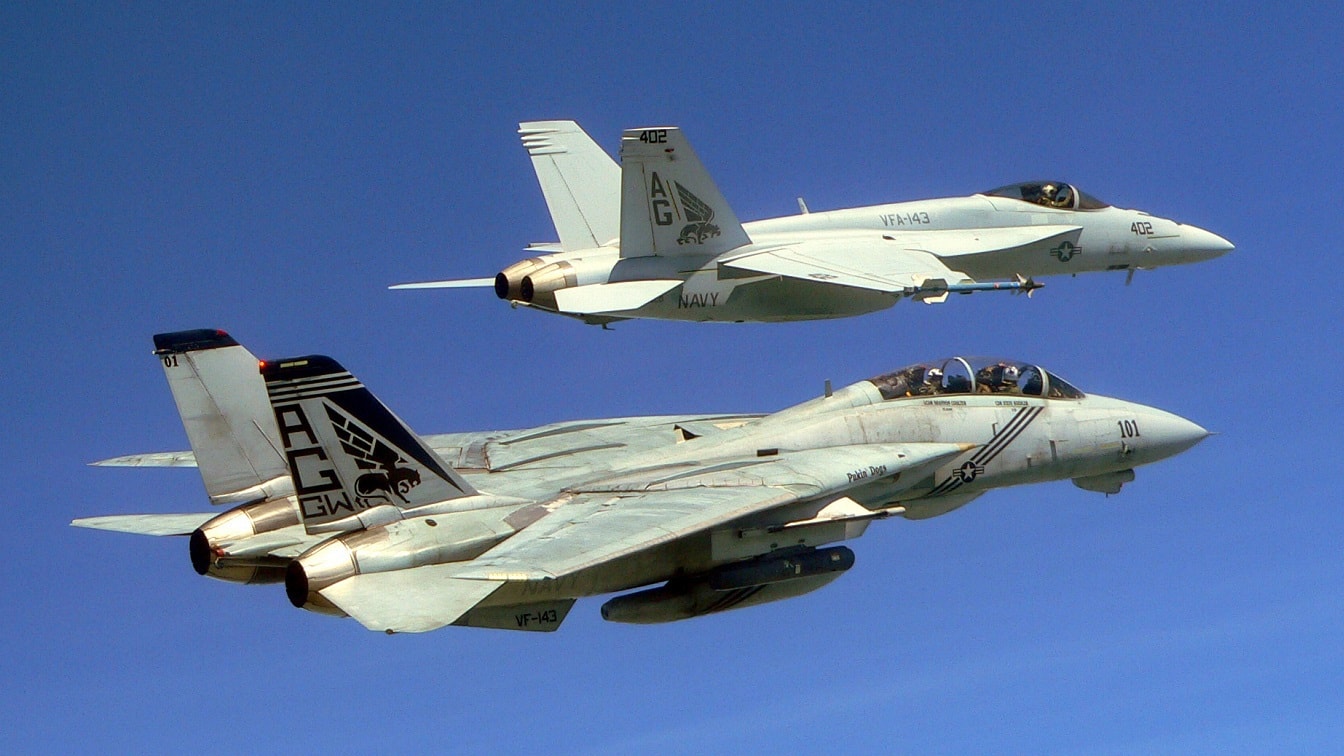
The F-14 Tomcat was designed to be capable of engaging enemy aircraft at night and in any weather condition utilizing its six Phoenix AIM 54A missiles, while its AWG-9 radar and advanced ωεɑρσռs control system allowed the F-14 to track up to 24 targets at a time while creating and implementing fire control solutions for six targets. The aircraft’s variable-sweep wing design allowed for variable speeds, with the wings automatically adjusting in-flight, sweeping forward for low-speed maneuvers and take-off and backwards for supersonic flight. The F-14 possessed a max speed of Mach 1.88 and a maximum range of up to 500 nautical miles, depending on its ωεɑρσռs package.

The F-14 would claim its first confirmed kills in 1981, when U.S. President Ronald Reagan ordered Navy freedom of navigation exercises near the Gulf of Sidra in the Mediterranean, following persistent Libyan territorial claims over the area. Two Libyan Su-22 Fitters attempted to engage a pair of F-14s, with the Tomcats managing to down both of the attackers. History would repeat itself in 1989, with a flight of Tomcats downing a pair of Libyan MiG-23s.
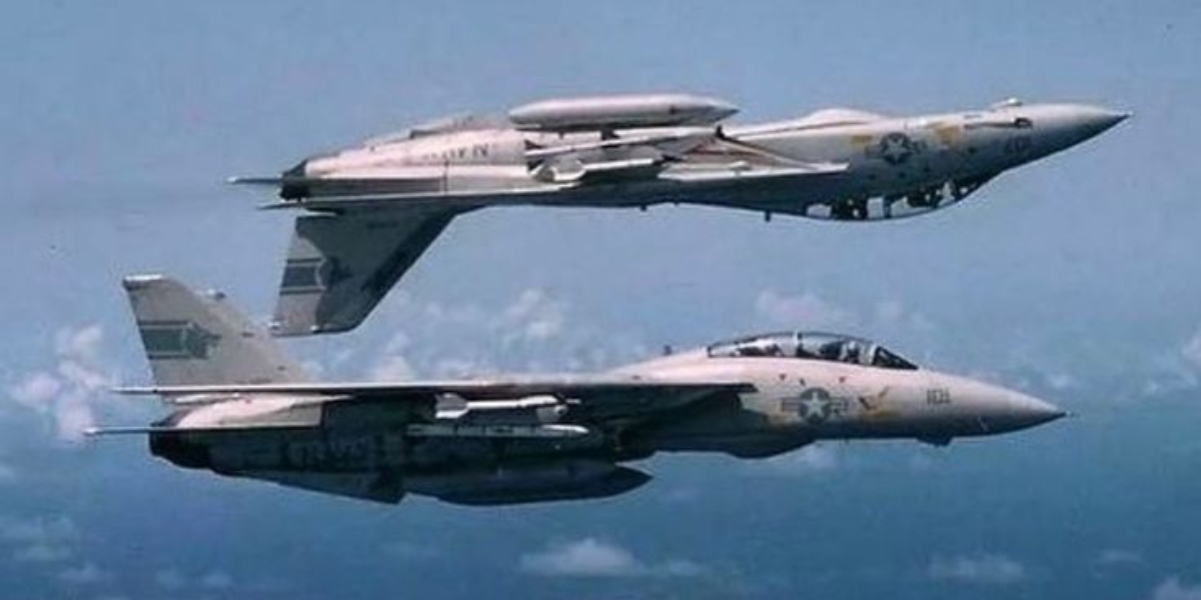
During the 1990s, the F-14 would evolve to take on a new role, filling a gap in the Navy’s capability as a strike aircraft following the retirement of the A-6 Intruder. Modifications were made to the F-14 to improve its ground attack capabilities, and the F-14 “Bombcat” first saw action as part of Operation Deliberate Force in Bosnia, before also taking part in action against Iraq in 2003.
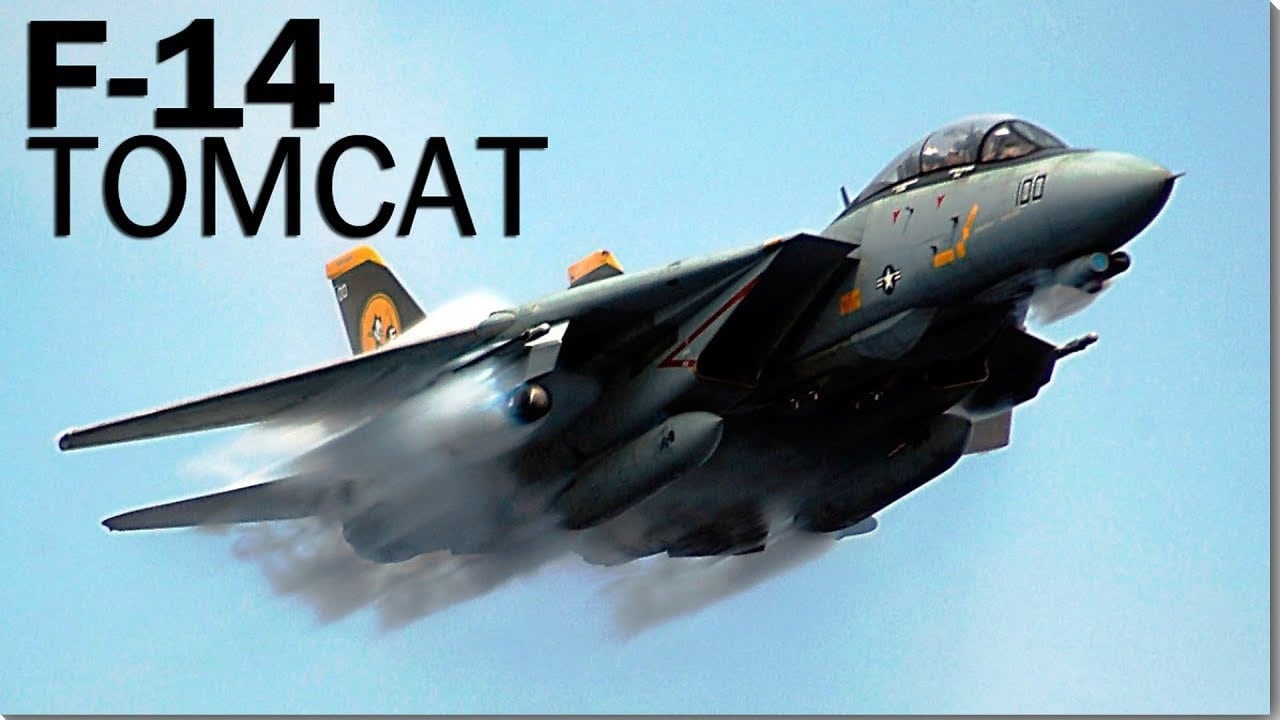
The Navy would eventually replace the F-14 with the F/A 18E/F Super Hornet. Today, the F-14 still sees service with the Iranian Air Force, which received 79 Tomcats in the 1970s.





